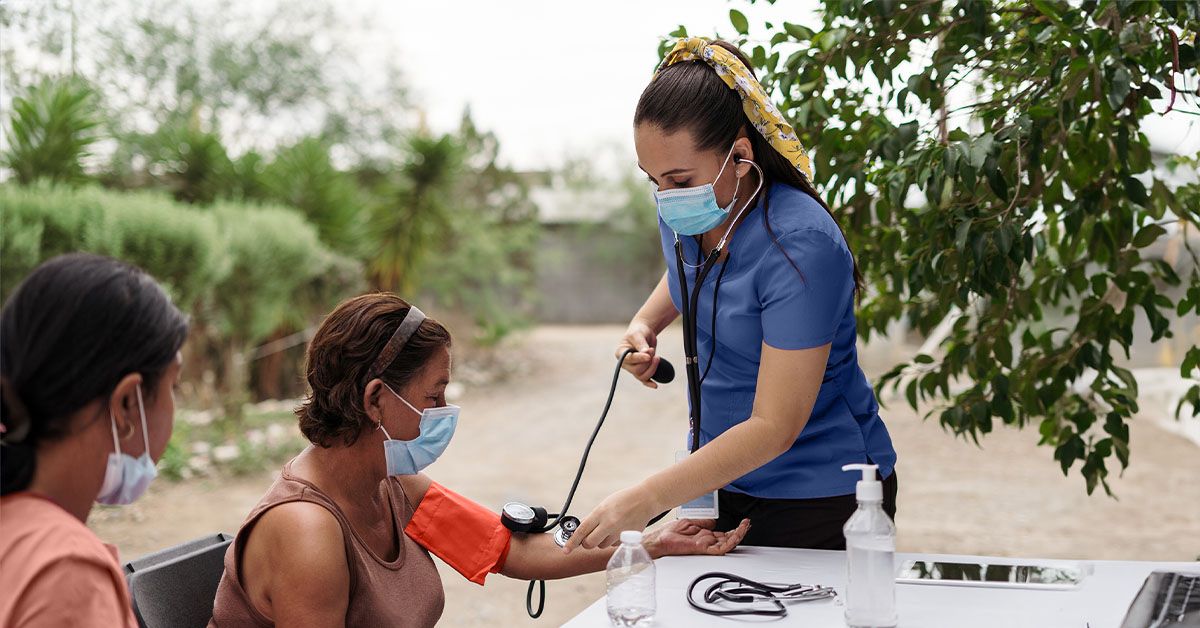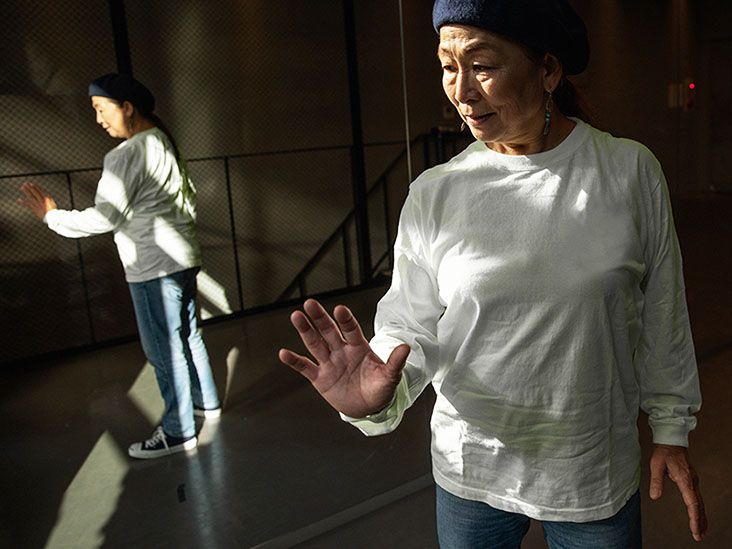- New breast cancer screening guidelines suggest women at an average risk should begin mammograms at age 40 as opposed to the previous recommendation of age 50.
- Officials at the U.S. Preventive Services Task Force say the earlier screenings should save 20% more lives.
- They add that people with a history of breast cancer or other factors that increase their risk should speak with their doctor for individualized recommendations.
The U.S. Preventive Services Task Force (USPSTF) has issued new guidelines for breast cancer screening in which they recommend that women between the ages of 40 and 74 receive a mammogram every two years.
Previous guidelines from 2016 suggested that screening should begin at 50. Task force members said they did not see the need for routine screening in women over the age of 74.
The researchers at the USPSTF said they have completed a comprehensive
They said that this thorough review led them to conclude that the evidence comparing the effectiveness of various breast cancer screening strategies is inconclusive, underlining the complexity of this issue.
In 2016, the task force recommended screening, most commonly mammograms, as most effective when completed every two years starting at age 50 and continuing until age 74. The scientists said people under 50 should undergo screening based on their risk. They did not find that screening past 74 reduced breast cancer mortality.
The current recommendations change the starting age to 40 rather than 50. The task force says this change has the potential to save 20% more lives than the previous guidelines.
According to the task force, this recommendation applies to cisgender women and all other people assigned female at birth. It includes women at average risk of breast cancer as well as those with a family history of breast cancer and those with dense breasts.
It does not apply to:
- People with a history of breast cancer
- Those at high risk of breast cancer based on specific genetic markers
- Those with a history of high-dose radiation to their chest at an early age
- Those with a history of lesions on previous biopsies
It’s recommended people in those categories talk to their healthcare provider about how often they should be screened.
“The biggest takeaway from our review is that breast cancer screening saves lives,” said Dr. Carol Mangione, the chair of the USPSTF and a professor of medicine at the University of California Los Angeles. “We carefully looked at the benefits and harms of recommending annual versus biennial mammograms. We found the harms, such as false positives, unnecessary biopsies, and incorrect cancer diagnoses, outweighed the potential benefits and determined, based on the science, that every other year was better for women at average risk.”
“For women over 75, we aren’t willing to say they should or should not continue to have biennial mammograms,” Mangione told Medical News Today. “We do call for additional studies, but based on what is now available, we believe the current evidence is insufficient to make a recommendation.”
“We also find the evidence insufficient to come to a firm conclusion for women with dense breasts,” Mangione added. “About
Not everyone agrees.
“In patients with dense breast tissue, the addition of MRI may reduce cancer risk and false positive recalls,” Dr. Nancy Chan, a medical oncologist at NYU Langone Health in New York, told Medical News Today.
“It looks like the task force is really not making any changes to prior recommendations and my understanding from skimming over this article is that there is insufficient data to make recommendations,” added Dr. Nikita Shah, the medical oncology team leader for the Breast Cancer Center at the Orlando Health Cancer Institute in Florida.
“[It is] also important to note that people of color with different biology/cancer behavior are not well represented in the [included] studies,” Shah told Medical News Today.
“This paper analyzed 20 research studies about mammography,” said Dr. Nina Vincoff, the medical director at the Katz Institute for Women’s Health at Northwell Health in New York. “The authors of this paper concluded that there is not yet enough research evidence about mammography to support specific breast cancer screening guidelines. This is a troubling conclusion for several reasons – the most important is that it leaves women and their doctors without guidance.”
“Breast cancer is the
“Unfortunately, some of the studies that were included in this review are decades old,” Vincoff added. “The fact is that we do have good evidence that breast cancer screening saves lives. We have
“Earlier this year, a study published by Monticciolo et al used CISNET estimates to show that annual screening of women ages 40-74 is the most effective for reducing breast cancer mortality – by more than 40 percent,” Vincoff noted. “By comparison, the 2023 USPSTF guidelines recommending screening every other year from age 40 to 74 reduce the risk of breast cancer death by only 30 percent. The 2016 USPSTF guidelines recommending screening every other year from age 50 to 74 reduce the risk of breast cancer death by only 25 percent.”
“We also have good data about how to reduce the ‘risks’ of breast cancer screening,” Vincoff said. “By ‘risks,’ we refer to extra imaging and biopsies for mammography findings that don’t turn out to be cancer. The data shows that having mammography every year starting at age 40 is better than any of the other guidelines for reducing the need for extra testing.”
“So, both from the point of view of reducing cancer deaths and from the point of view of reducing the risks of screening, we have good evidence that annual mammography starting at age 40 is the best for average-risk women,” Vincoff concluded. “It’s important to note that some women, because of their personal medical history or family history, are at higher-than-average risk. They may need additional testing, beginning at an earlier age.”
The mortality rate for Black women is
“Black women are much more likely to develop an aggressive form of breast cancer and get it younger,” said Mangione. “This is despite this group having higher rates of mammograms. We don’t yet have a good understanding of the biology of this difference.”
“Black women do get the most benefit from following our guidelines,” Mangione added. “It is very important for them to begin biennial mammograms at age 40.”
“I agree with the point that appropriate scientific evidence is not yet available,” said Dr. Richard Reitherman, the medical director of breast imaging at MemorialCare Breast Center at Orange Coast Medical Center in California. “Pending that and independent of that, physicians and their patients should make their best decisions on an individual basis and rely on guidelines published by other responsible societies.”
Reitherman shared guidelines from the American College of Radiology and the Society of Breast Imaging. Although the guidelines are similar to those presented by the task force, they may provide additional information.
He said these guidelines include:
- Screening recommendations need to be individualized for every woman. They are related primarily to age, mammographic breast density as well as family history of breast or ovarian cancers.
- The average risk woman should begin yearly mammograms at age 40, optimally with the 3D tomosynthesis technique.
- Women with family history would begin annual mammograms at an age 10 years younger than the age at which their first or second-degree relative received a diagnosis.
- Women with a lifetime risk of 20% or above should have an annual breast MRI in addition to mammography.
- Physicians should refer women with appropriate family histories for genetic counseling and testing as appropriate.
- Women with extremely dense breasts should consider breast ultrasound in addition to annual mammography.
Experts said women should carefully consider their options and talk with their healthcare provider.
“Each patient must consider the best screening method their individual cancer risk such as breast density family history etc,” Chan said.
Read the full article here











